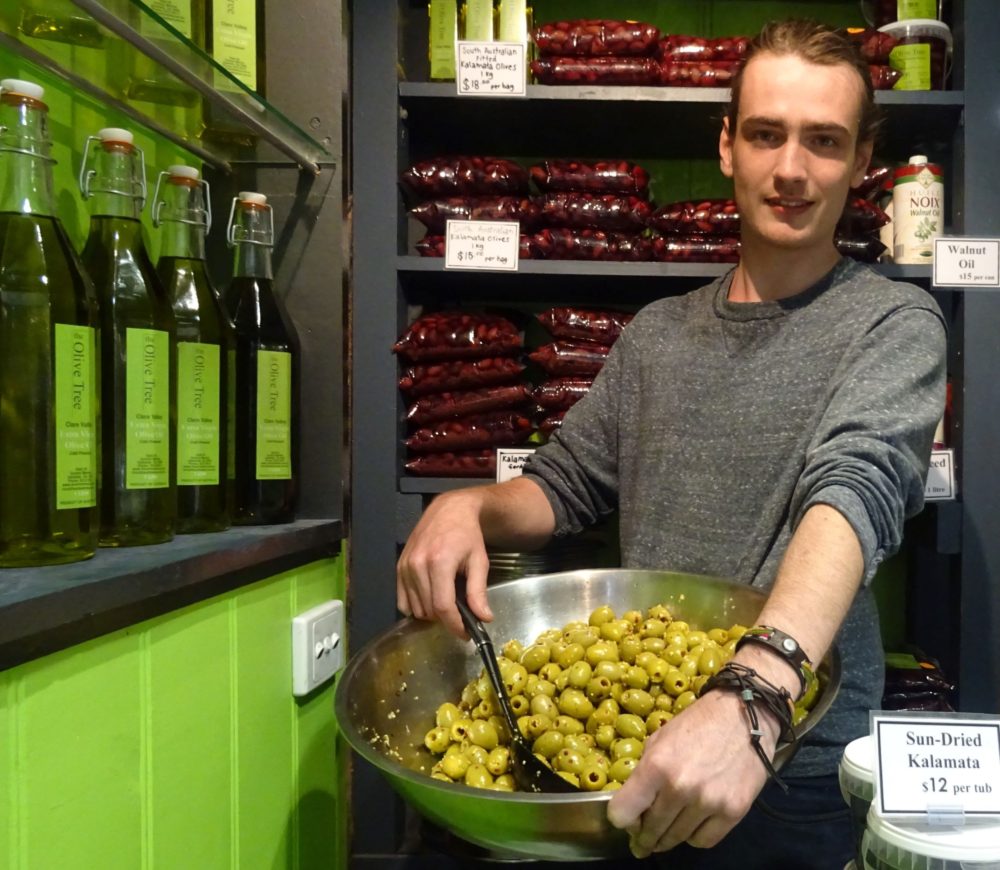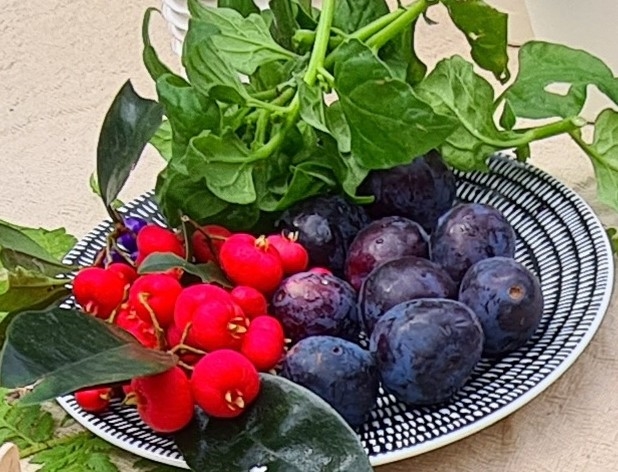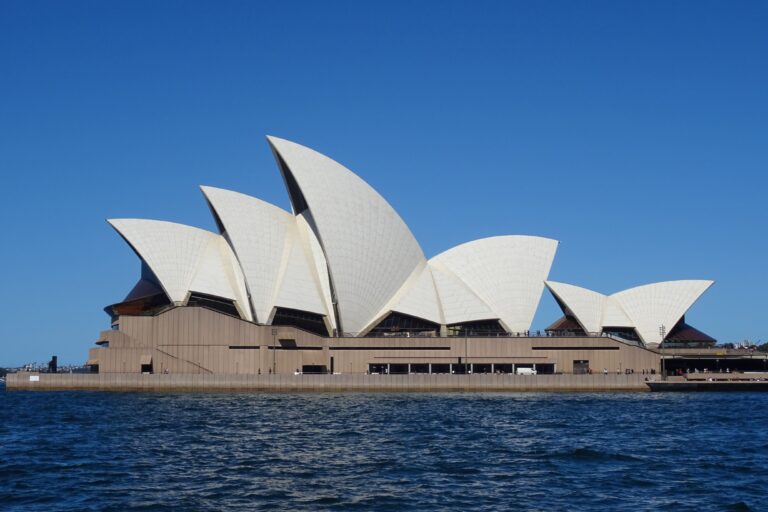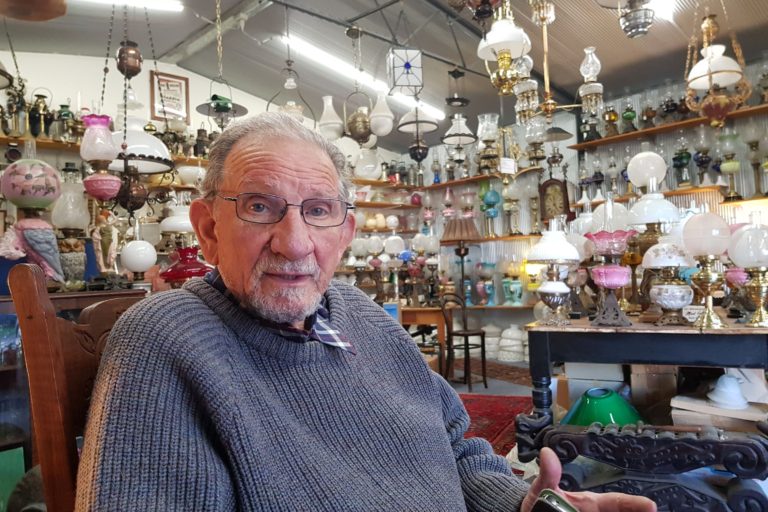By Neena Bhandari
Adelaide (South Australia), 7.11.2014: The apple weighs heavy in my bag as my eyes fall on the billboard at Adelaide Airport displaying strict quarantine restrictions – `Fruits, Vegetables and Plants prohibited in South Australia. Fines apply’. I promptly retrieve the ripened fruit and discard it in the designated food bin in the arrivals hall.
 South Australia prides itself for its clean, green, fresh produce, zealously protecting its farms, orchards and vineyards against fruit flies and pests. From seafood and grain-fed meats, to cheese and pates, artisan smallgoods and chocolates to world-renowned wineries, this fourth largest Australian state and its capital, Adelaide, has become a much sought after destination for the growing group of gastronomic travellers passionate about food and wine.
South Australia prides itself for its clean, green, fresh produce, zealously protecting its farms, orchards and vineyards against fruit flies and pests. From seafood and grain-fed meats, to cheese and pates, artisan smallgoods and chocolates to world-renowned wineries, this fourth largest Australian state and its capital, Adelaide, has become a much sought after destination for the growing group of gastronomic travellers passionate about food and wine.
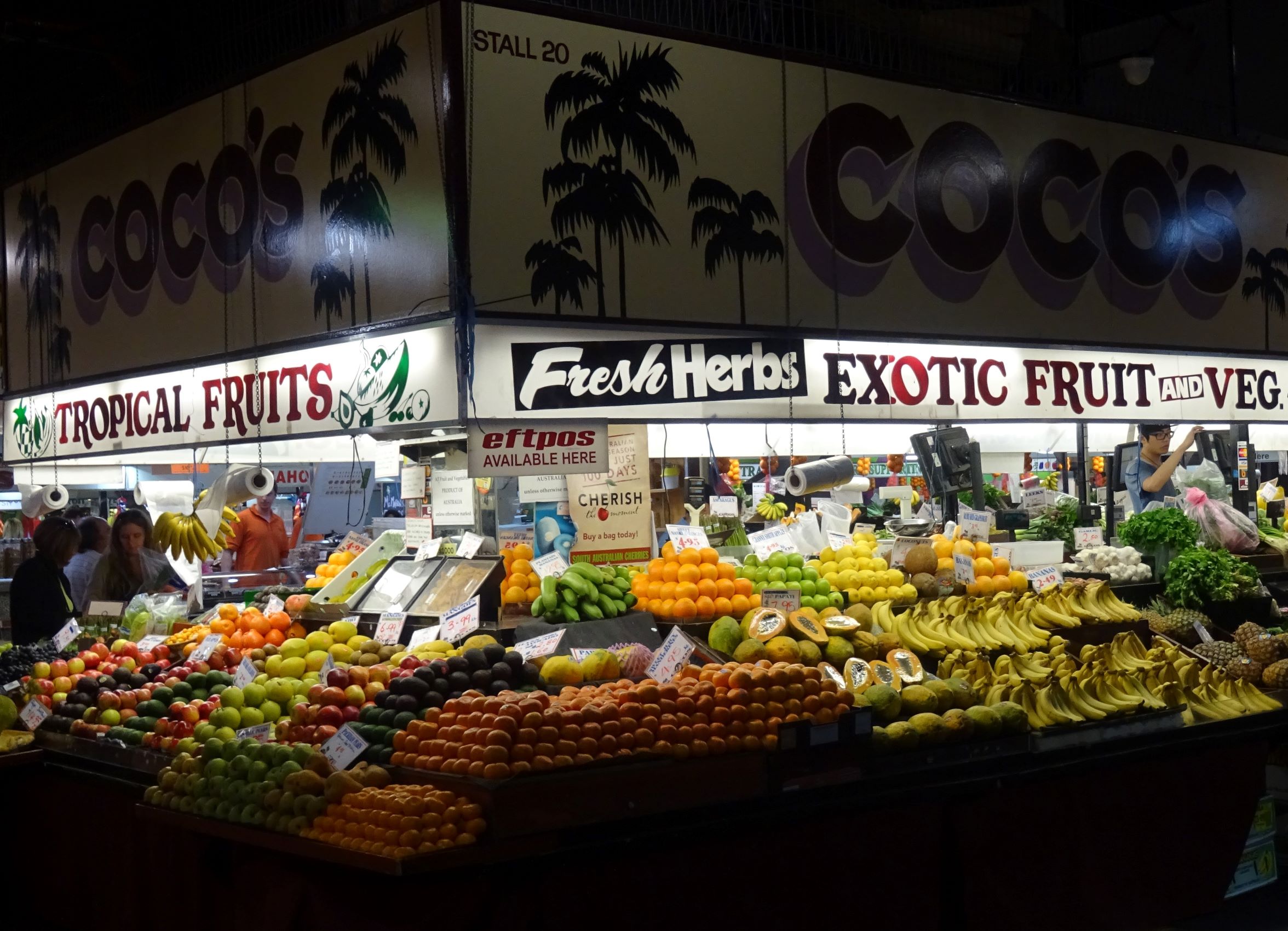
In the heart of Adelaide’s city centre is the mecca of fresh produce and multicultural cuisine, the Central Market. Growers from across the state have been coming here since 1869, selling a sumptuous spread of ingredients from farm-fresh fruits and vegetables, oysters and olive oils, gourmet cheeses and chocolates, sweets and spices to hormone-free and smoked meats.
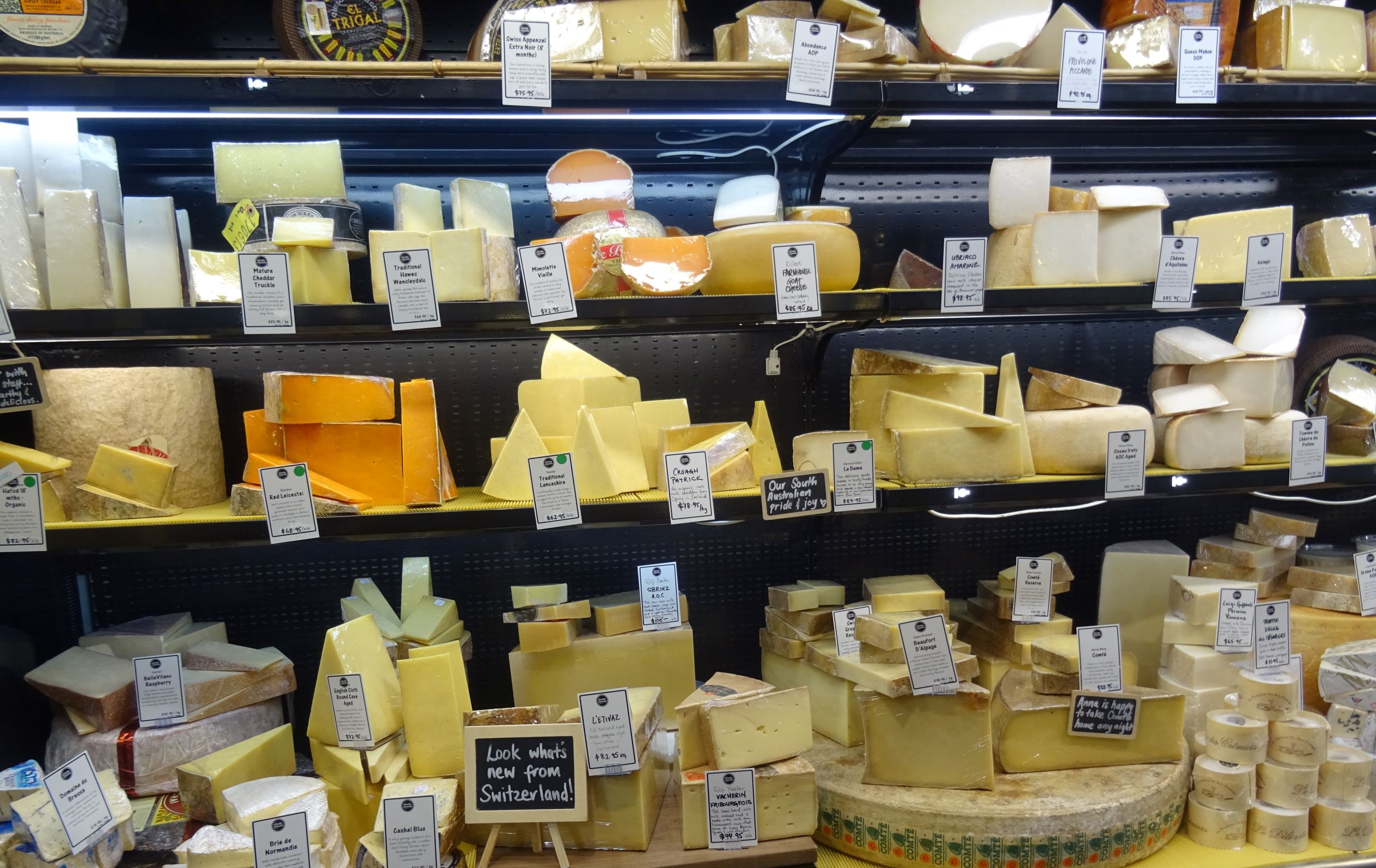
One can even find native ingredients like the Aniseed Myrtle, Sea Parsley, Native Thyme, River Mint, Mountain Pepper and Saltbush, which were traditionally used by Australia’s indigenous Aboriginal people, but are relishing a revival in cafes and restaurants serving bush tucker (bush food).

There is something to satiate every palate from sushi and laksa to paela and pizza. The hundred-odd stalls are owned by people, many of them third or fourth generation owners, hailing from over 20 nationalities.
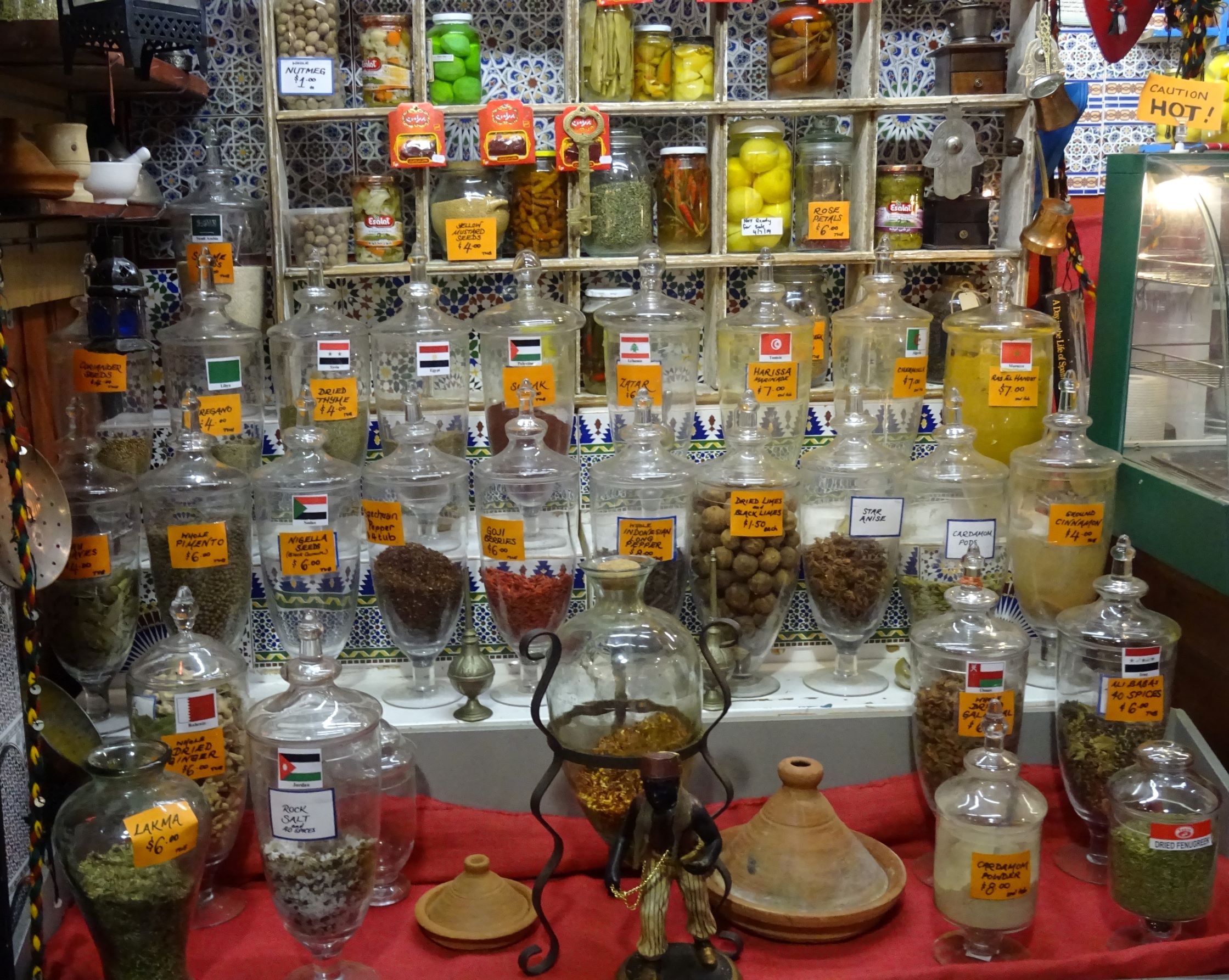
The diverse variety, gourmet quality, competitive price and direct connection with the origins of the food on display attract over a million people – locals and visitors, young and old – to its precincts each month, making it the largest fresh produce market in the Southern Hemisphere.
Most of the produce is sourced from within 100km of the CBD and sold direct to the consumer thereby reducing the carbon footprint. Chefs from across the city and outskirts come here to source seasonal produce and give cooking demonstrations.
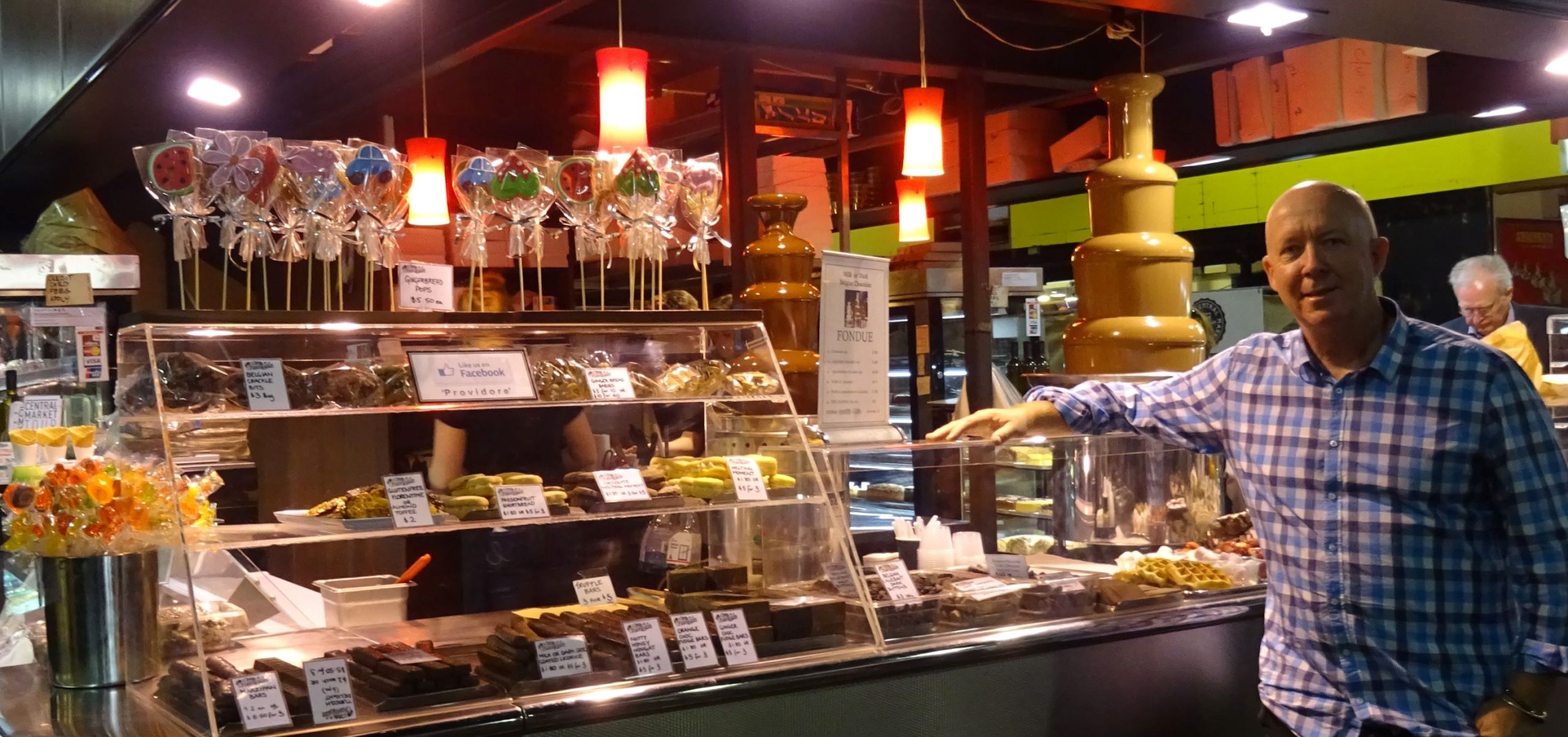
A good way to sample the produce and meet the owners behind the market stalls is to join Mark Gleeson’s Food Tours. A market stall holder for 23 years and a retired chef, Mark says, “The Markets are a celebration of small acreage farms, cheeses and chocolates which add to the strength of our world renowned wine industry”. The place is bustling with activity from Tuesday to Saturday.
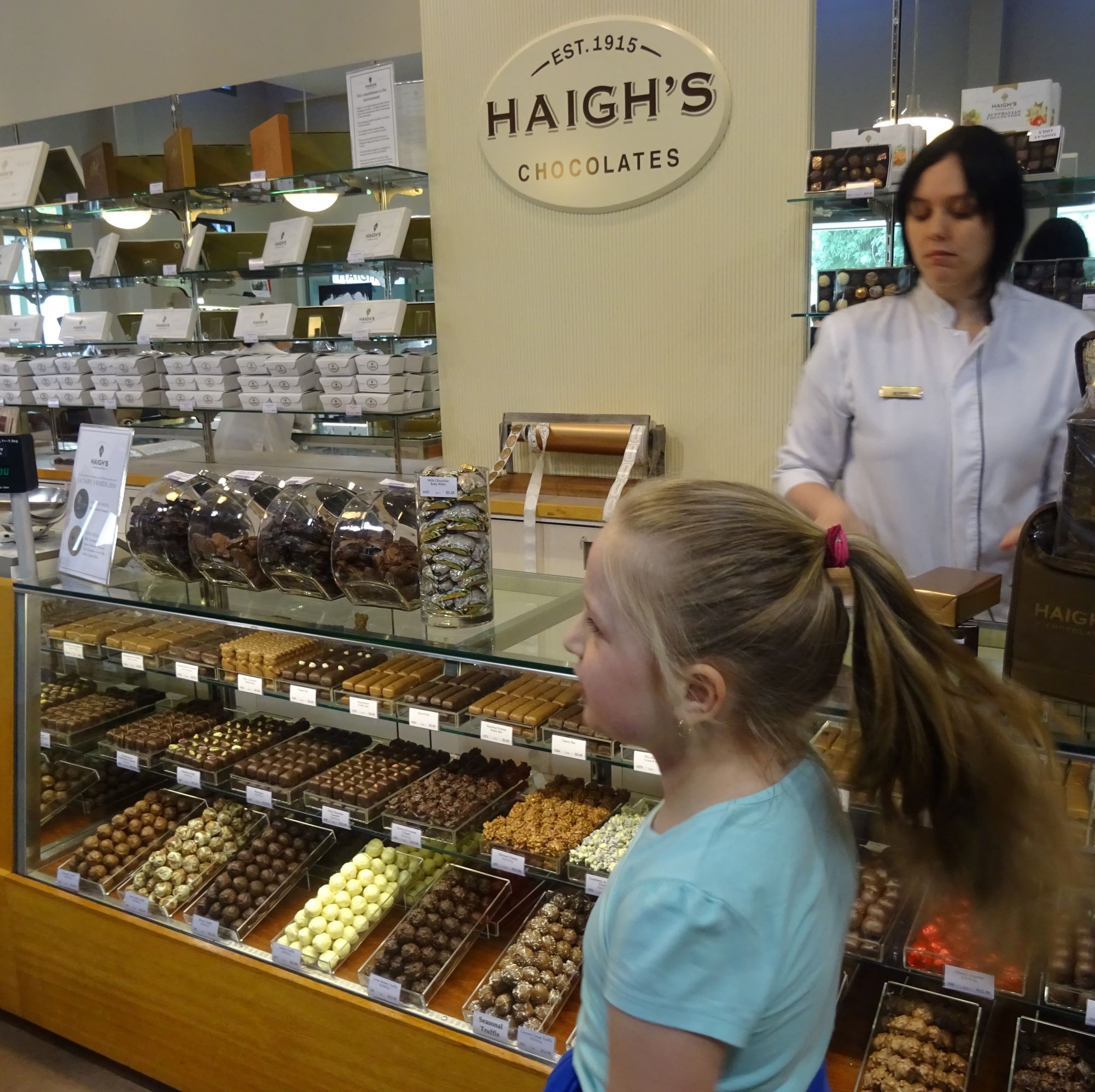
The city is also home to Haigh’s Chocolates, Australia’s oldest chocolate maker. Established in 1915 by Alfred E Haigh in Adelaide, the company is now in its fourth generation and continues to be owned and operated by the Haigh family.
It manufactures a number of iconic and quintessentially Australian products including Chocolate Frogs, Speckles and Scorched Almonds. The unique tastes of River Murray Salt in Haigh’s Salted Caramel and native Australian ingredients in the Lemon Myrtle, Wattleseed and Quandong chocolates are a real treat. One can even purchase a Chocolate Murray Cod, created by the chocolatiers to raise the profile of this endangered species of Australian freshwater fish.
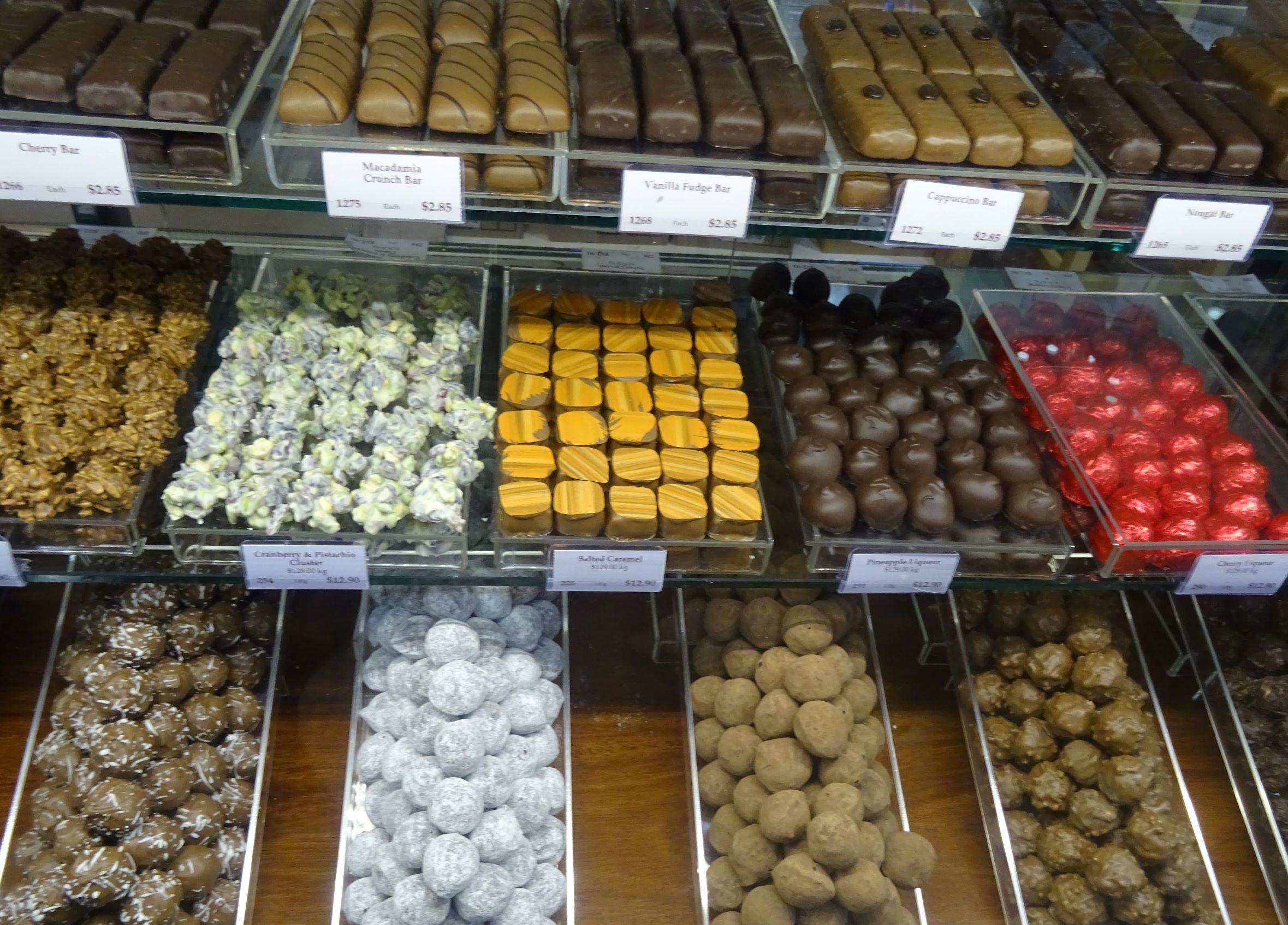
Haigh’s specialises in bean-to-bar, using premium quality UTZ certified cocoa beans and artisan production methods to ensure that the chocolate texture and flavour profiles are unique. Its product range has grown to offer 250 varieties.

Nestled between the Adelaide Hills and the Gulf St Vincent with the Torrens River meandering in between, Adelaide is dotted with more than 700 egalitarian restaurants, cafes and pubs. One can choose from the popular Gouger Street polyglot dinning strip, pick up a picnic hamper and eat in one of the sprawling parks or stroll through the wide streets and town squares serving everything from tapas to Indian cuisine.
With regular streams of migrants arriving from Europe and Asia, Adelaide and its surrounds has become a melting pot of culinary delights. Unlike the food havens of France and Italy, here one finds chefs and winemakers unbridled by tradition, experimenting and creating a distinctive multicultural flavour.
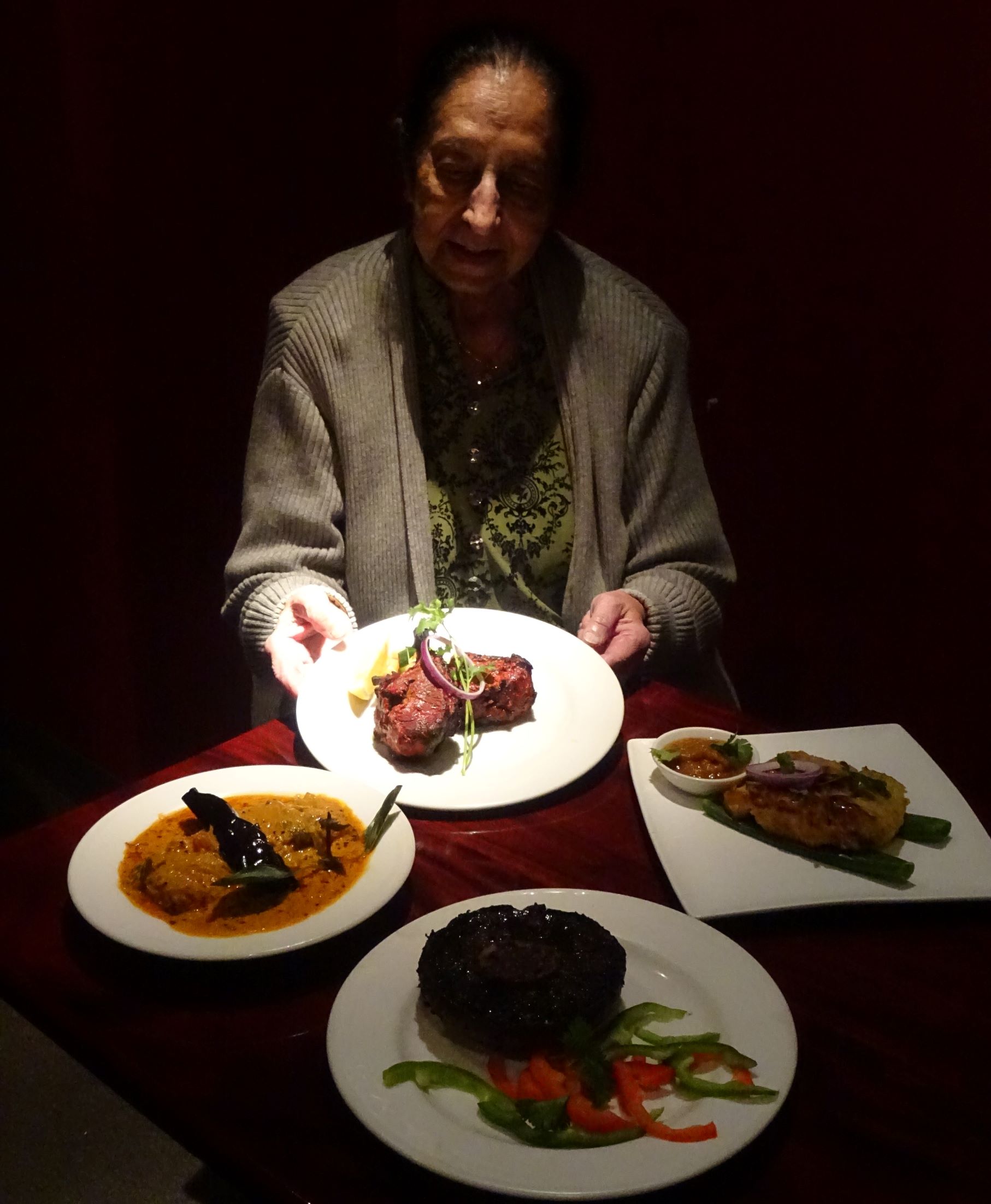
Jasmin Indian Restaurant on Hindmarsh Square offers Malaysian influenced Indian food and is a particular favourite with every visiting cricket team. While the menu is standard, locals and visitors vouch for its consistency and quality. All the spices are grounded fresh and pastes are prepared daily. “These are my mother’s recipes, which I have reinvented and mastered over the years, using local produce”, says the founder, Mrs Anant Singh, whose kitchen crew includes chefs from Australia, India, Nepal and Afghanistan.
The mahogany red furniture and impeccable furnishings in this basement restaurant permeate warmth. But if one wants the food and wine to complement the vista, the newly renovated Penfolds Magill Estate Restaurant, which overlooks a tapestry of vines, offers panoramic views stretching over the city and the coast.
Head Chef, Scott Huggins says, “It is the diversity of South Australia’s terroir that provides both the kitchen and winemaking team with a rich palette of regionally unique materials. We share a vision to deliver a clean and natural cuisine, with complex preparation however never complicated on the plate or palette”.
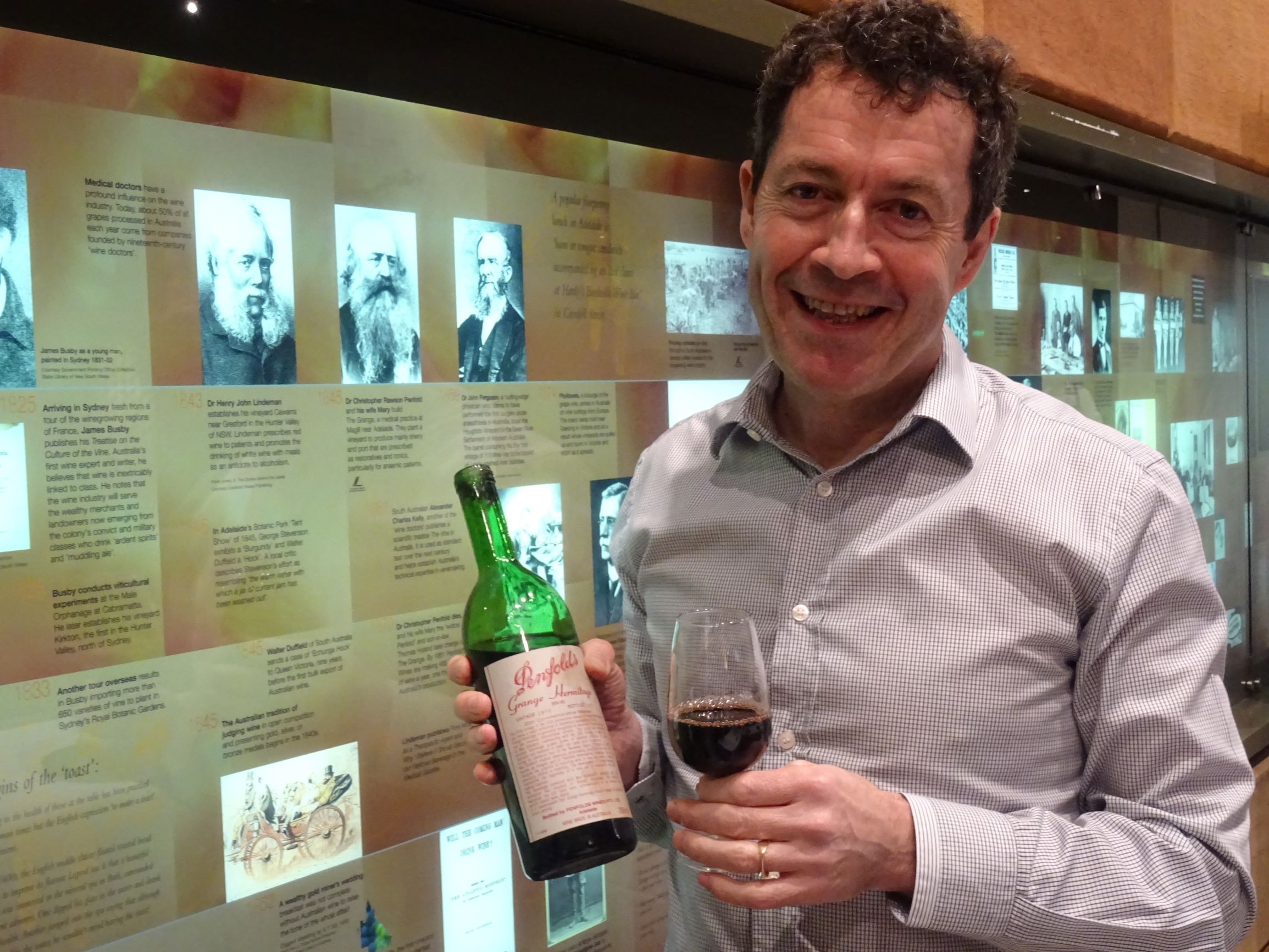
Wine is naturally a central component of the experience. Penfolds is Australia’s oldest iconic wine brand that reflects the country’s journey from colonial settlement to the modern era. “As the spiritual home of Penfolds (est. 1844), Magill Estate is rich in history – the much treasured cornerstone of 170 years of winemaking heritage. Situated outside the township of Adelaide, Magill marries the working winery and cellar door with a vineyard overlooking the Gulf St Vincent”, says Penfolds’ Chief Winemaker, Peter Gago.
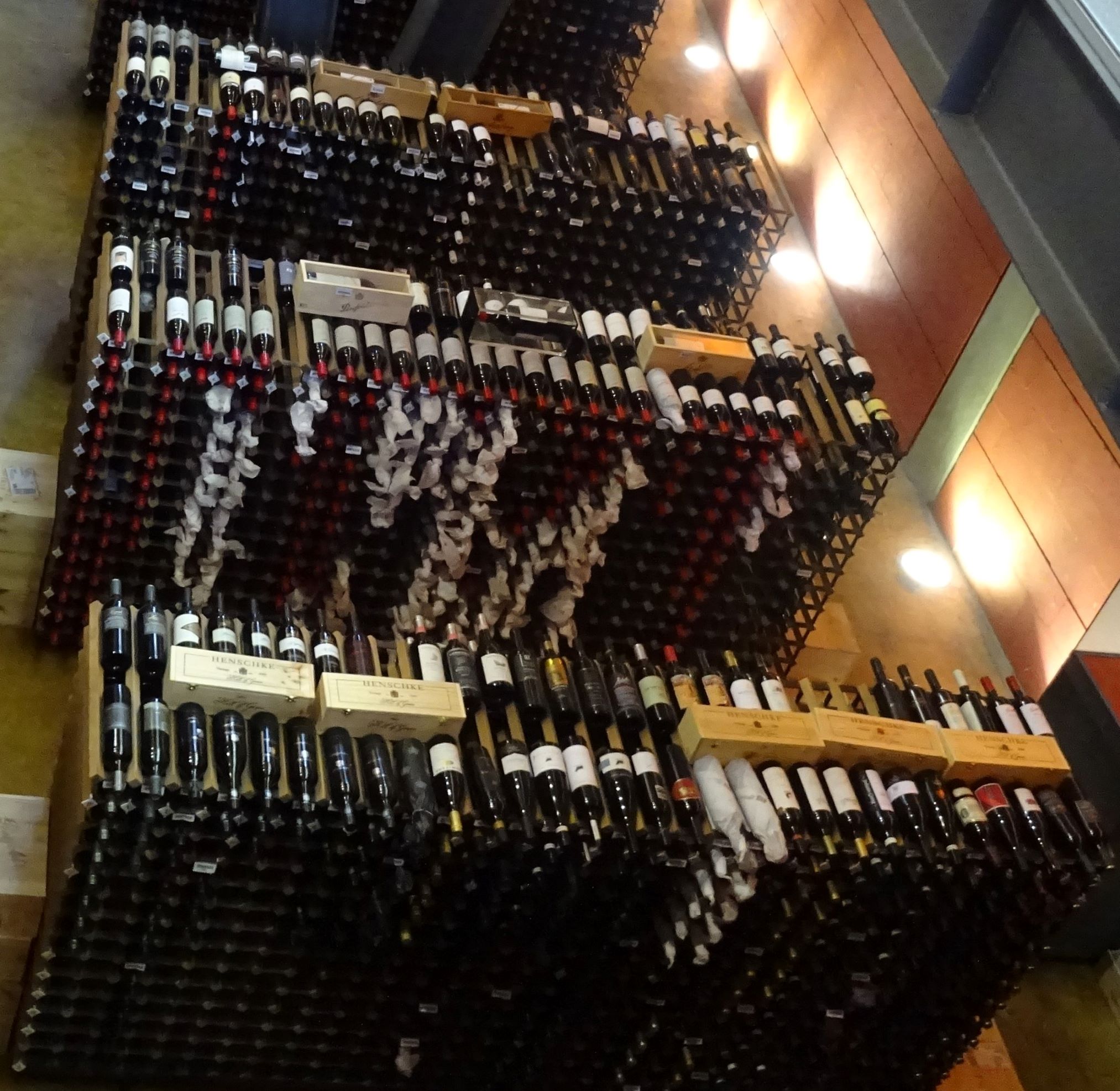
If one is time poor, a good place for wine tasting is the National Wine Centre (NWC) in the city’s Botanic Gardens. South Australia has unique combinations of soil, rainfall and temperature. “The eclectic mix of geography and climate from region to region allows the state to produce a vast range of grape varieties from the full bodied Shiraz from the Barossa Valley to the cool climate Rieslings in the Clare Valley and most things in between”, says Adrian Emeny, General Manager of NWC.

Dubbed as the largest open cellar in the southern hemisphere, the Centre’s Wined Bar has 14 Enomatic dispensing machines, which allows access to 120 wines and gives novices and connoisseurs the chance to try before they buy.
The Centre is also a good place to learn the basics before heading to South Australia’s world acclaimed winemaking regions of Barossa Valley, McLaren Vale, Clare Valley, Coonawarra and Adelaide Hills.
© Copyright Neena Bhandari. All rights reserved. Republication, copying or using information from neenabhandari.com content is expressly prohibited without the permission of the writer and the media outlet syndicating or publishing the article.

